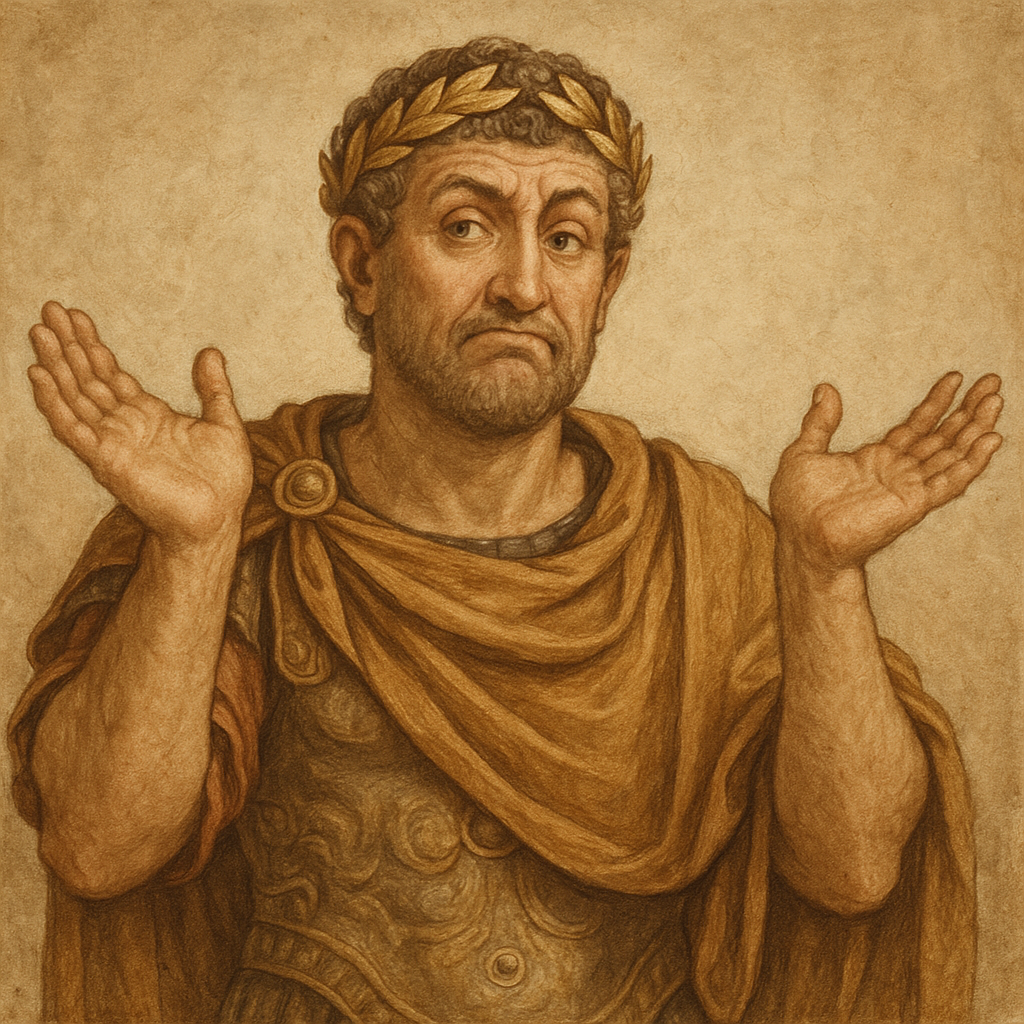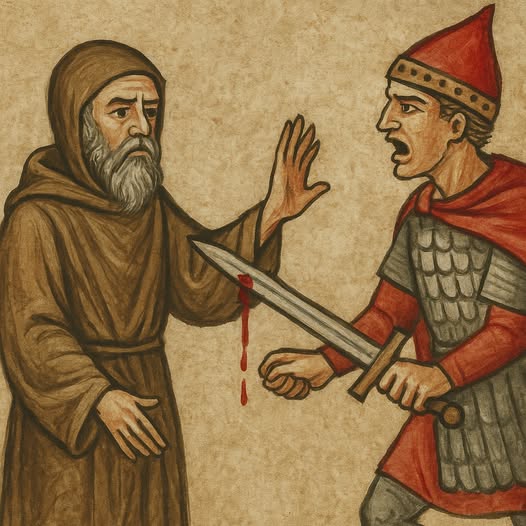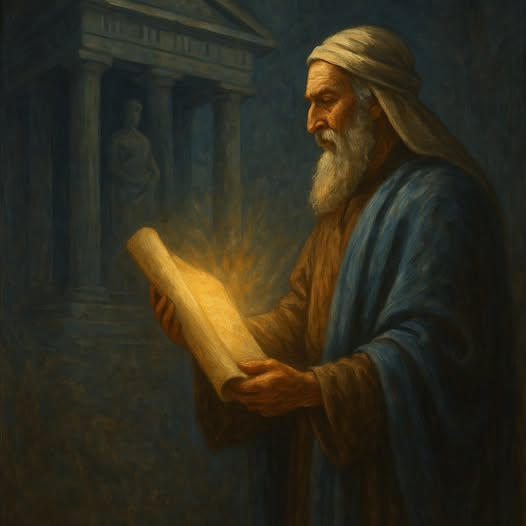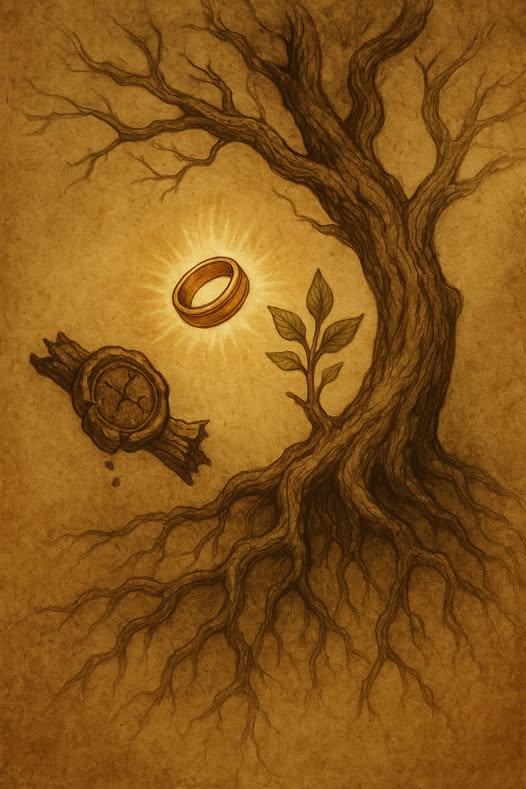
Few figures in Christian history are as simultaneously praised and maligned as Constantine the Great. As the Roman emperor who legalized Christianity and ushered in a new era for the Church, he occupies a crucial place in Christian memory. Yet, over time, Constantine has become the subject of endless conspiracy theories and unfounded accusations.
In an effort to bring clarity to the conversation, here are ten commonly repeated claims about Constantine and the facts that prove they simply aren’t true.
1. He Did Not Found the Roman Catholic Church
One of the most persistent myths is that Constantine created the Catholic Church as a tool of imperial control. The reality is that the Church existed for centuries before Constantine’s conversion. What he did was end state-sponsored persecution with the Edict of Milan in AD 313. He gave Christianity legal status and later favored it politically, but he neither invented nor restructured the Church into what we now call Roman Catholicism.
2. He Did Not Choose the Books of the Bible
A popular claim, especially among skeptics and sensationalists, is that Constantine decided the canon of Scripture at the Council of Nicaea. This is historically false. The Council of Nicaea (AD 325) addressed the divinity of Christ in response to Arianism—it had nothing to do with selecting which books belonged in the Bible. The development of the canon was a gradual process involving many local church communities and councils over the following centuries.
3. He Did Not Make Christianity the Official Religion of the Empire
Another common misconception is that Constantine made Christianity the state religion. He did not. While he gave Christianity immense privileges and support, the official state religion of the Roman Empire remained traditional Roman paganism during his reign. Christianity would not become the official religion until the reign of Theodosius I in AD 380 with the Edict of Thessalonica.
4. He Did Not Invent Sunday Worship
Critics sometimes allege that Constantine shifted Christian worship from the Sabbath (Saturday) to Sunday to align with sun worship. However, Christian writings from the late first and early second centuries—long before Constantine—already describe believers gathering on Sunday, the day of Christ’s resurrection. Constantine’s civil legislation in favor of Sunday as a day of rest simply reinforced what was already the norm among Christians.
5. He Did Not Originate the Doctrine of the Trinity
The doctrine of the Trinity—Father, Son, and Holy Spirit—did not emerge from imperial decree. Constantine convened the Council of Nicaea to settle the Arian controversy about Christ’s divinity, not to define the Trinity in full. The complete doctrinal formulation, especially concerning the Holy Spirit, wasn’t finalized until the Council of Constantinople in AD 381. The roots of the doctrine lie in Scripture and were developed by early Christian theologians, not politicians.
6. He Did Not Kill Everyone Who Disagreed at Nicaea
Some portray Constantine as a tyrant who enforced doctrinal conformity with violence. But Nicaea was not a bloodbath. Bishops debated passionately, and although Arianism was condemned and Arius was exiled, Constantine later reinstated him. There was no mass execution of dissenters. Constantine wanted unity, not a purge.
7. He Did Not Merge Paganism with Christianity
The theory that Constantine corrupted Christianity by fusing it with paganism is popular in anti-Christian circles, but the evidence doesn’t hold up. Yes, Constantine retained some cultural imagery familiar to his subjects, such as solar symbols, but this was more about political symbolism than theology. The core doctrines of Christianity remained thoroughly rooted in Jewish monotheism and apostolic teaching. The Church rejected syncretism repeatedly in this era.
8. He Did Not Force Baptism on the Empire
It’s often assumed that Constantine forced conversions or mandated mass baptisms. But nothing in the historical record supports this. In fact, Constantine himself delayed his baptism until shortly before his death—a common Roman practice at the time, driven by the belief that post-baptismal sins were especially dangerous. His approach to Christianization was far more gradual and political than coercive.
9. He Did Not Create the Papacy
Though Constantine respected the Bishop of Rome, he did not create or elevate the Pope to supreme authority. The Bishop of Rome already held a position of respect due to the city’s prominence and its apostolic connections. The formal doctrine of papal supremacy would not fully emerge until centuries later, especially after the fall of the Western Empire, when the Bishop of Rome became a stabilizing authority.
10. He Did Not Invent the Cross as a Christian Symbol
While Constantine famously saw a vision of the cross (or possibly the Chi-Rho) before battle, the cross as a Christian symbol predates him. Early Christians used the cross and other symbols (like the anchor or fish) in catacombs and artwork. Constantine’s adoption of the Chi-Rho monogram merely popularized a symbol that already had Christian significance.
Conclusion: A Legacy Misunderstood
Constantine the Great undeniably changed the course of history by aligning the Roman Empire with Christianity. But too often, his name is attached to unfounded legends and conspiracy theories. While his legacy includes political pragmatism and imperfect motivations, it’s unjust to blame him for theological developments, ecclesiastical decisions, and alleged corruptions that either predated or postdated his reign.
Understanding Constantine in his historical context allows us to separate fact from fiction and appreciate the complex interaction between faith and power in late antiquity.







